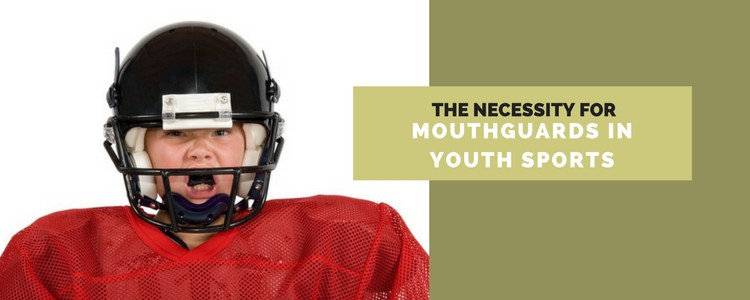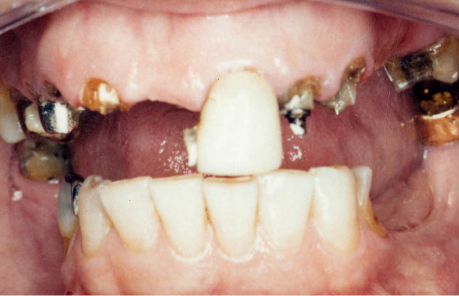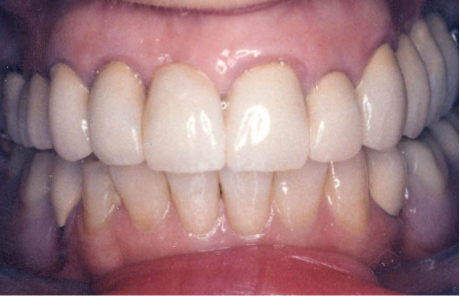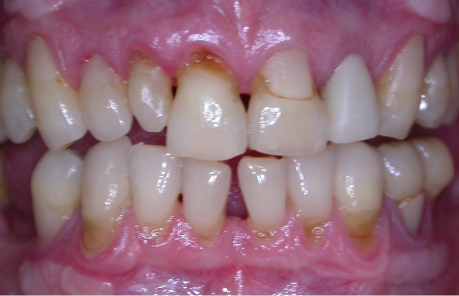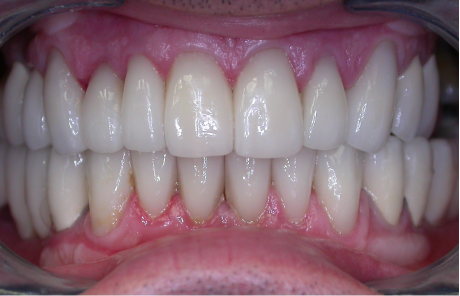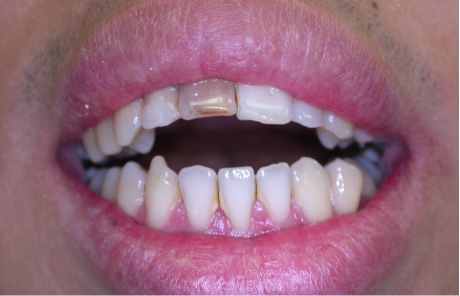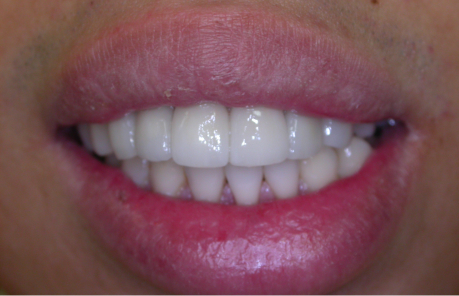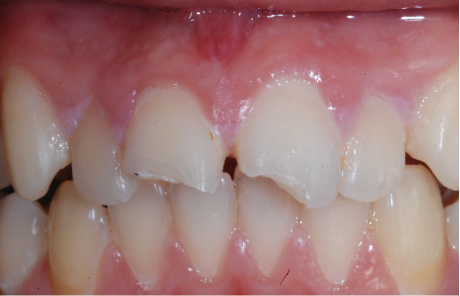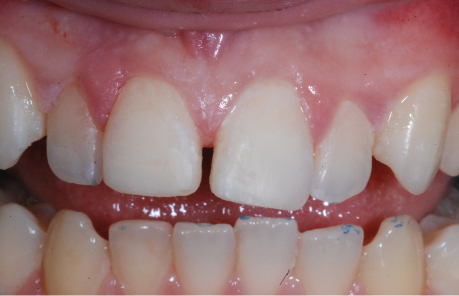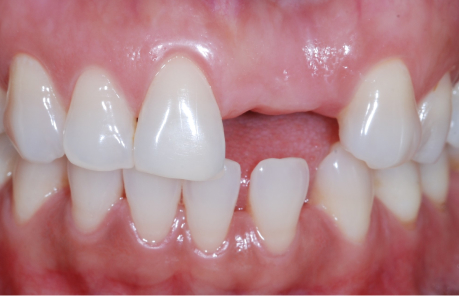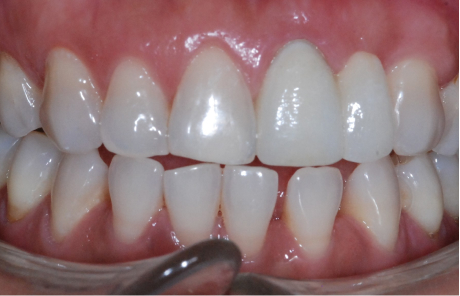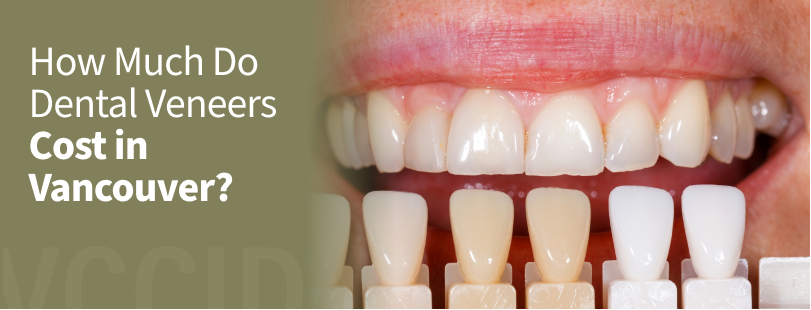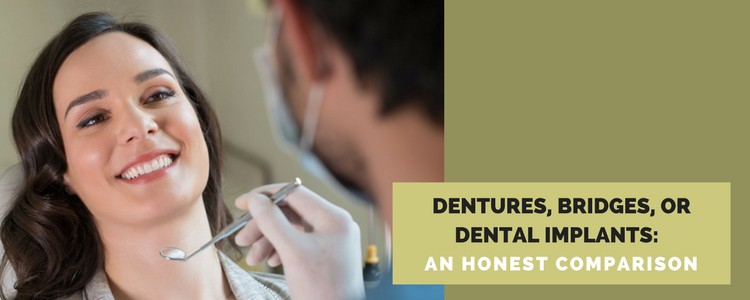Playing organized sports is a great way to help your child develop physically. Child sports emphasize team building, leadership, decision making and communication skills. The other good thing about child sports is it gives you the parent time for themselves. Sports are also a great way to channel surplus energy and aggression into a useful outlet. Learning to be active at a young age can also decrease the risks of obesity in later years. Playing sports is also a good way for families to bond while playing together.
Why Protect Your Child’s Teeth
If your child participates in high impact extracurricular sports its very important to have the right type of mouthguard. At age 6 or 7, your child’s first adult or permanent teeth begin to come in. The first molars make an appearance at the back of the mouth, behind the last baby or (primary) teeth. The first molars do not replace the primary teeth. When children turn six years of age they begin to lose their baby teeth. The root becomes weak and the tooth can get knocked out by rough activities. Teeth should never be forced out, this leads to excessive bleeding. Children continue to lose primary teeth until 12 years old give or take a couple of years. Teeth should always be allowed to come out at the appropriate time.
Outfitting your child with the proper mouth guard while the permanent teeth emerge protects their self esteem and aesthetic image. If your child loses their permanent teeth there are no more replacements without the aid of cosmetic surgery. Protecting those pearly whites by purchasing a proper mouth guard will save you a lot of money down the line.
The below chart is an indication of when adult or permanent teeth begin to come in. Permanent teeth emerge between seven and 21 years of age.
| Upper | Age when teeth come in |
| Central Incisors | 7-8 yrs. |
| Lateral Incisors | 8-9 yrs. |
|
11-12 yrs. |
|
10-11 yrs. |
|
10-12 yrs. |
|
6-7 yrs. |
|
12-13 yrs. |
|
17-21 yrs. |
| Lower | |
|
17-21 yrs. |
|
11-13 yrs. |
|
6-7 yrs. |
|
11-12 yrs. |
|
10-12 yrs. |
|
9-10 yrs. |
|
7-8 yrs. |
|
6-7 yrs. |
Brief History Of Athletic Mouthguards
The first documented case of athletic mouthguards being worn was in the sport of professional boxing back in the 1920s. Originally fashioned from cotton, tape and sponge. The creator of the mouthguard was a London dentist by the name of Woolf Krause. He conceived of the “gum shield’ as a way to protect boxers in the ring from ugly lip lacerations. Krause’s gum shields were made from gutta percha a tree known for its latex properties.
How Mouthguards Work
Mouthguards work by cushioning a blow to the face. The primary focus of athletic mouthguards is the prevention of orofacial injuries and concussions. Athletic mouthguards prevent fractured teeth and reduce head acceleration upon impact.
Mouthguards Preventing Concussions
The ADA Council on Scientific Affairs promotes the application of a properly fitted mouthguard for reducing dental injuries. Further studies have indicated that mouth guards offered significant protection for the teeth and soft tissues. For mouthguards to be truly effective they should be worn with protective headgear. For more information on preventing concussion you can read a report titled Helmets and Mouth Guards written by qualified MD and PHD educators.
Dr. Paul McCrory said of the connection between mouthguards and concussions, “Absence of proof is not proof of absence.” We should remember that the primary role of mouthguards is to protect teeth and orofacial structures, and they should be designed to accomplish this goal — with adequate protection in the areas most likely to be traumatized (maxillary incisor teeth).
Varieties of Mouthguards
Approximately 90 percent of mouthguards can be purchased at sport retail outlets.
Boil And Bite Mouthguards
Blank mouthguards are placed in boiling water and heated, before being placed in the mouth for a custom fit.
Pros: adheres to shape of your teeth
Cons: preparation and procedure time, excessively thin material, inferior protection
Pressure laminated mouthguards – Made of 2 or 3 layers of Ethylene vinyl acetate
EVA material.
Pros: fits tight and lasts longer, can be personalized with images or players name
Cons: high cost
Stock mouthguards – The least expensive can be purchased at most sporting outlets. Lower quality materials are used in stock mouthguard construction. Stock mouthguards are bulky in shape this interferes with speck and breathing.
Pros: cheap
Cons: lacks retention and offers the least protection
* Custom made mouthguards – Designed by a dentist for serious athletes.
Pros: custom fit, does not adversely affect breathing, highly recommended by dentists
Cons: expensive
Quote from International Journal
“There is little doubt that the most acceptable and desirable form of mouthguard would be the individually made type. In addition to preventing direct and indirect injuries to the teeth, this type of mouthguard will also protect the lips and cheeks from laceration against the teeth, absorb forces which might fracture the mandibular angle or condyle, and instill a greater degree of confidence in players”- Davies RM, Bradley D, Hale RW, Laird WRE, Thomas PD. The Prevalence of Dental Injuries in Rugby Players and their Attitude to Mouthguards. British Journal of Sports Medicine 1977;11;72-74
Mouthguards Required For The Following Youth Sports
The American Dental Association (ADA) recommends using mouthguards in 29 sports related activities. Children should always wear a mouthguard while playing the sport of their choice.
- Any impact sport recommended
- Baseball
- Basketball
- Boxing
- Football
- Hockey
- Karate
- Martial Arts
- Soccer
- Softball
- Tae Kwon Do
Don’t skimp on the right type of mouthguard
The bottom line is its just not worth it to save money on a cheap mouthguard. Costs for victims of tooth avulsions can have lifetime dental costs ranging from $10,000 and higher. Spend the money for your child to have all the protection they will need for their active lifestyle. Preserve your wallet and the teeth of your child. Its highly recommended that you consult with your dental professional on the purchase of a custom mouthguard.
